
The acquisition of global satellite communications company, OneWeb, has been completed as of Friday, November 20, following a successful UK Government bid in July of 2020 in a consortium with international telecoms operator, Bharti Global.
This is a significant strategic investment, demonstrating the government’s commitment to the UK’s space sector and ambition to put Britain at the forefront of a new commercial space-age. OneWeb is now staffing up to complete the development of its first generation constellation, adding new employees in the UK. The government will continue to work with OneWeb to maximize the benefits to the UK from the OneWeb program, both before and after commercial launch.
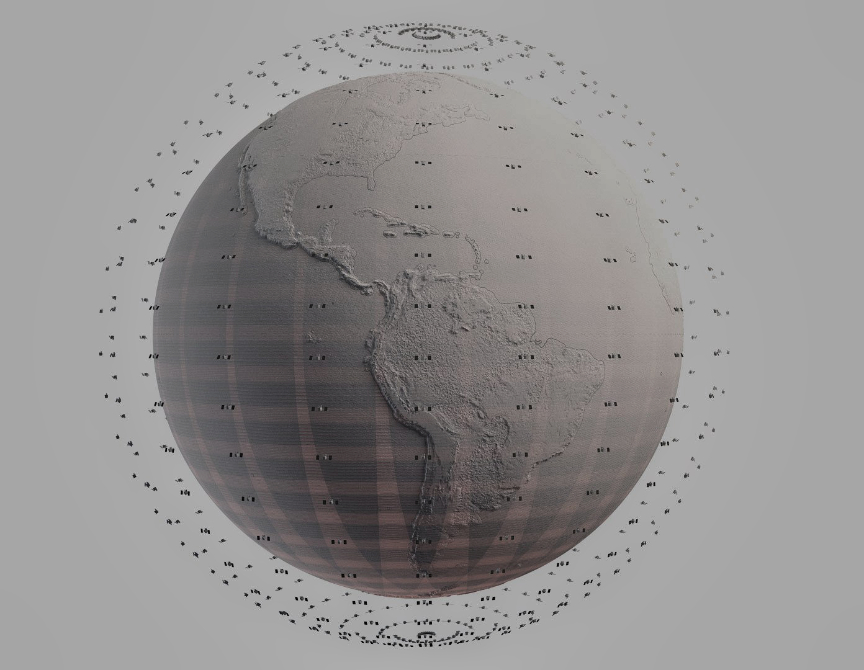
The company has the foundation of the network already in place, with 74 satellites launched and infrastructure in development in strategic locations around the world. The company is launching another 34 to 36 satellites in December, bringing its on-orbit fleet to 110 satellites. OneWeb is on track to start commercial connectivity services to the UK and the Arctic region in late 2021 and will expand to delivering global services in 2022.
The UK government is committed to work with OneWeb’s shareholder partners to use this investment as a platform to promote UK jobs and supply chains and protect UK critical assets and intellectual property.
OneWeb will provide a new source of broadband connectivity for businesses, communities, and governments around the world. It could also improve connectivity in a broad range of sectors, including aviation, maritime, government, and enterprise customers, unlocking digital services and applications in a wide range of locations that historically have not access to low latency broadband connectivity.
OneWeb was formed in 2012 and has been developing cutting-edge satellite technology from its facilities both here in the UK and in the United States.
The UK government will have a final say over any future sale of the company and over future access to OneWeb technology by other countries on national security grounds.
Executive Comments

UK Business Secretary Alok Sharma said, “This strategic investment demonstrates Government’s commitment to the UK’s space sector in the long-term and our ambition to put Britain at the cutting edge of the latest advances in space technology. Access to our own global fleet of satellites has the potential to connect people worldwide, providing fast UK-backed broadband from the Shetlands to the Sahara and from Pole to Pole. This deal gives us the chance to build on our strong advanced manufacturing and services base in the UK, creating jobs and technical expertise.”

Sunil Bharti, Founder and Chairman, Bharti Global, added, “Together with our partners at HMG, we are looking forward to a new LEO opportunity. Innovation, resilience and growth in the high-tech sector are all served by this powerful global opportunity. By the end of 2022, OneWeb will be a truly global force for good.”
Graham Turnock, Chief Executive of the UK Space Agency, noted, “This landmark government investment marks the start of an incredibly exciting period for OneWeb and the whole UK space sector, which can play a vital role in our economic recovery. Global connectivity has never been more important and there is a significant opportunity for satellite constellations to deliver a range of valuable services to consumers, businesses and government.”


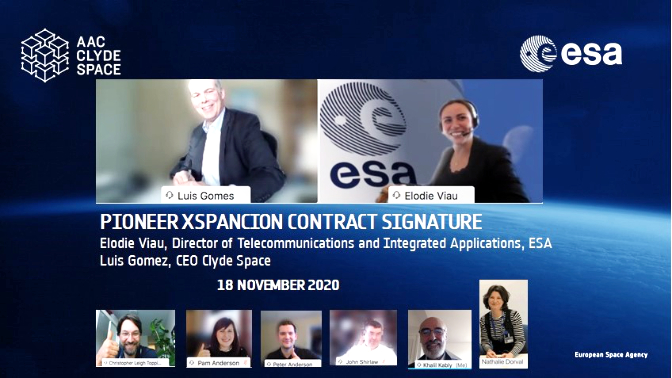



 cubesat payload to
cubesat payload to 

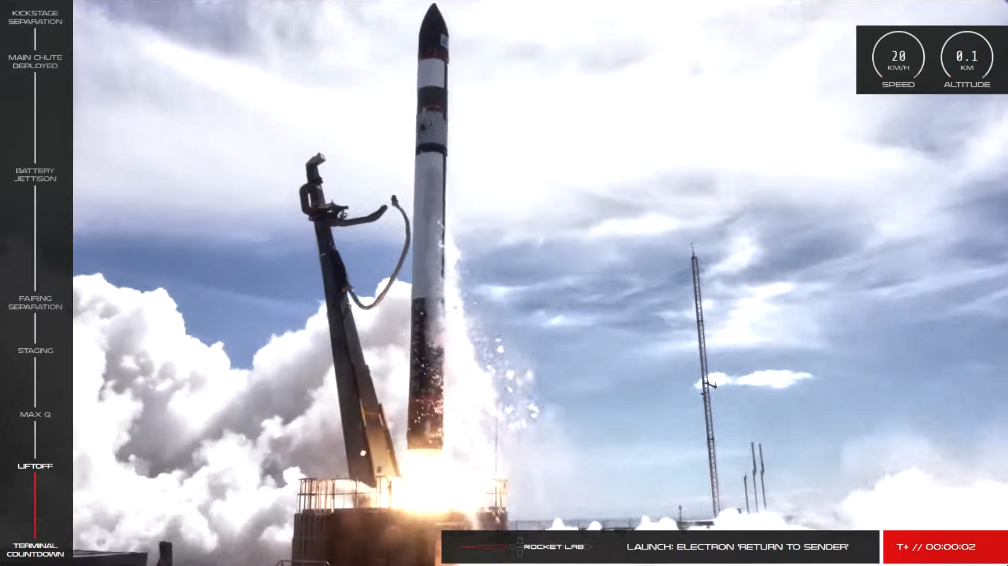
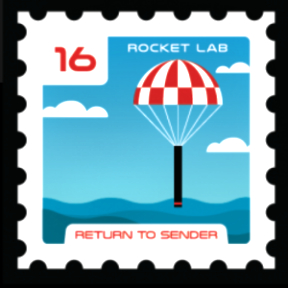
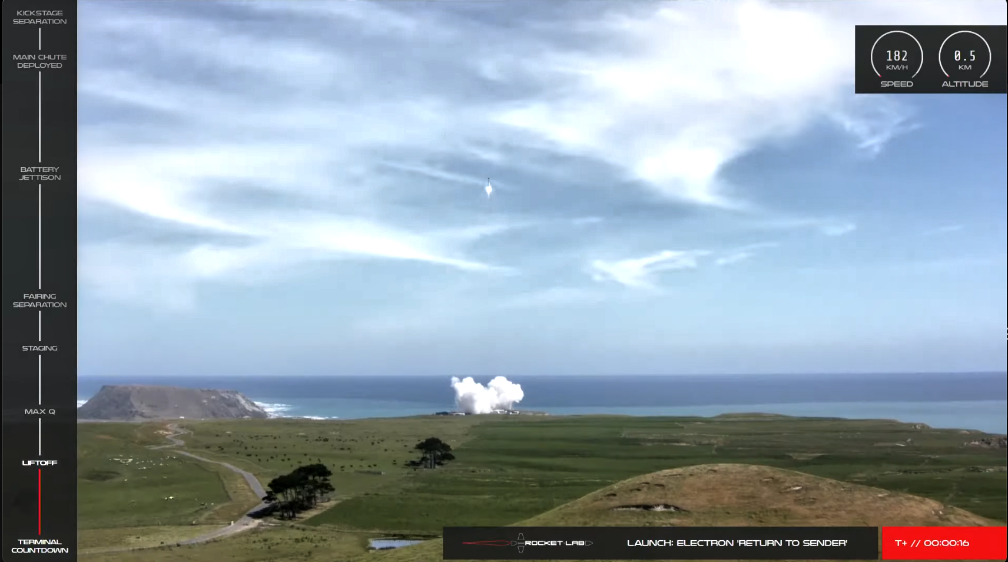

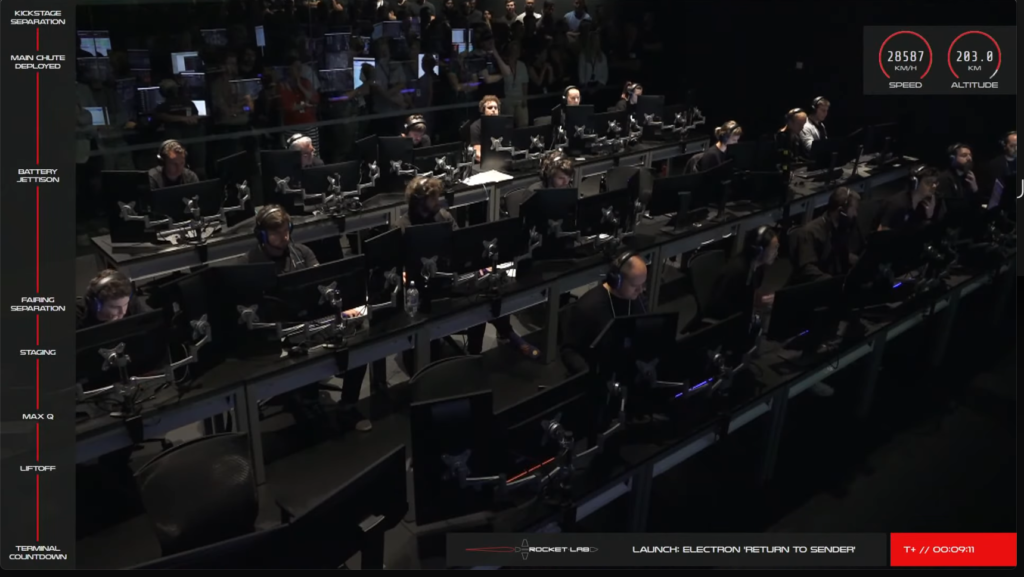

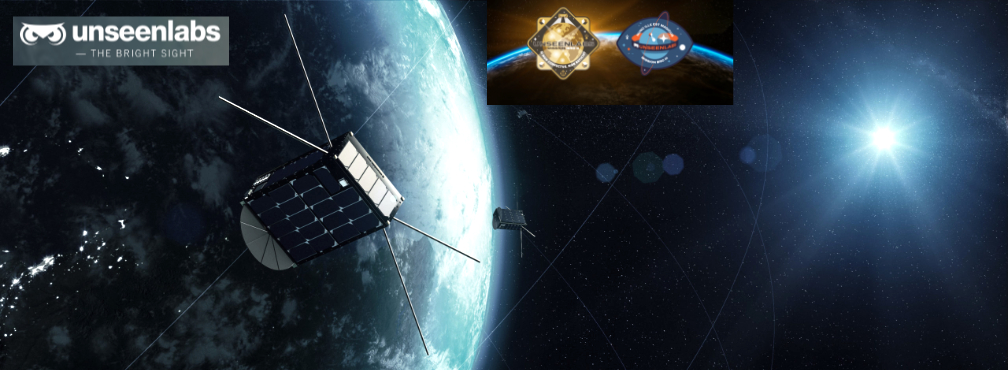
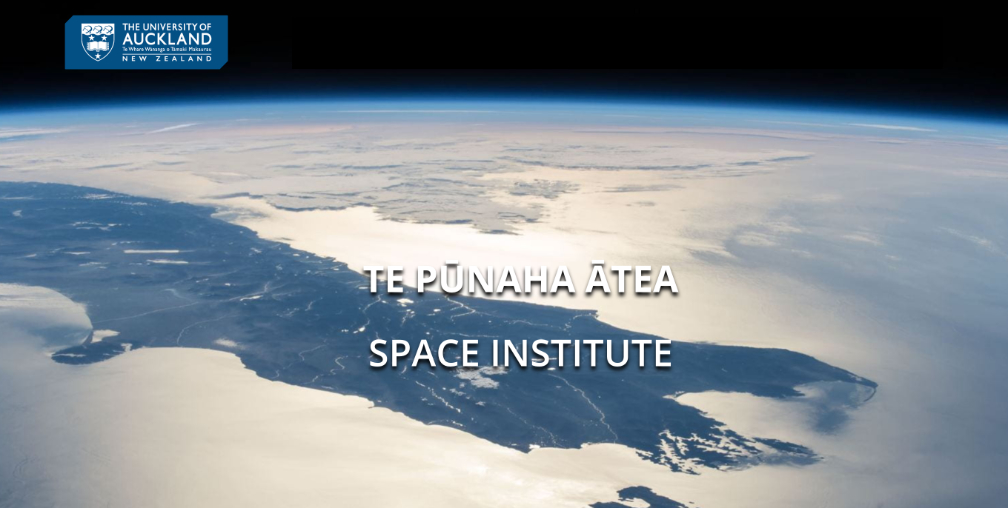
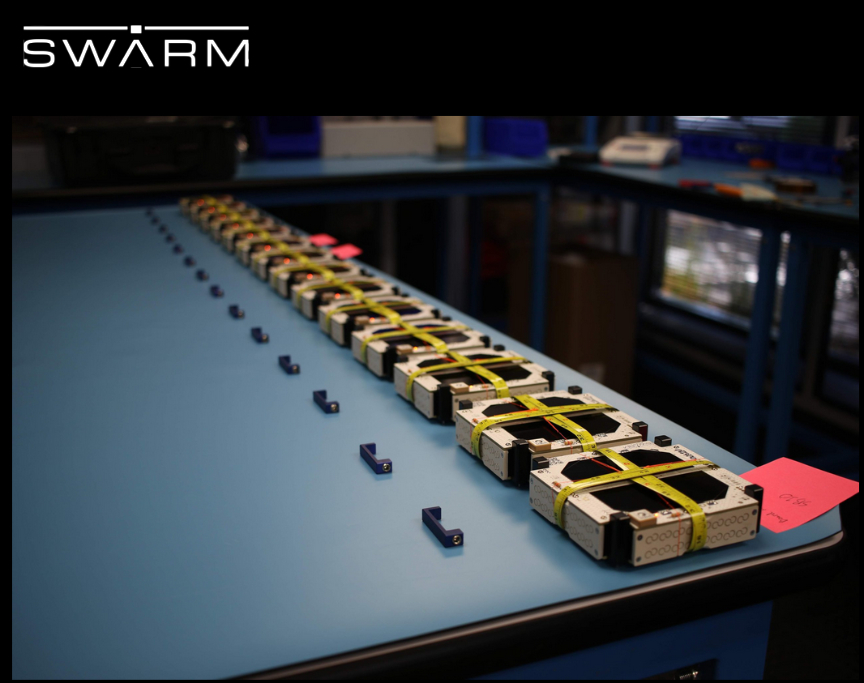
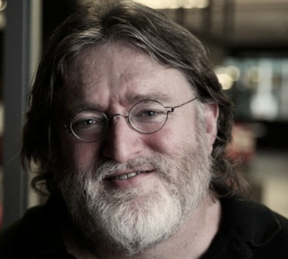
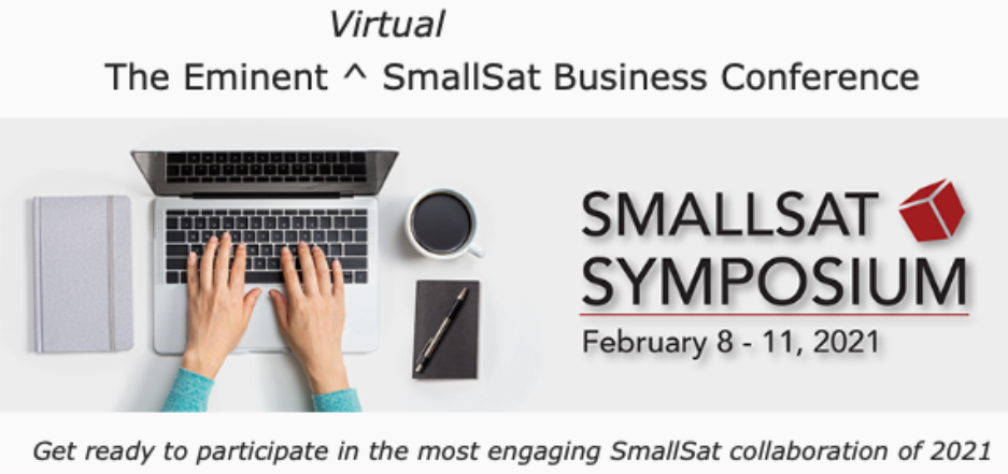

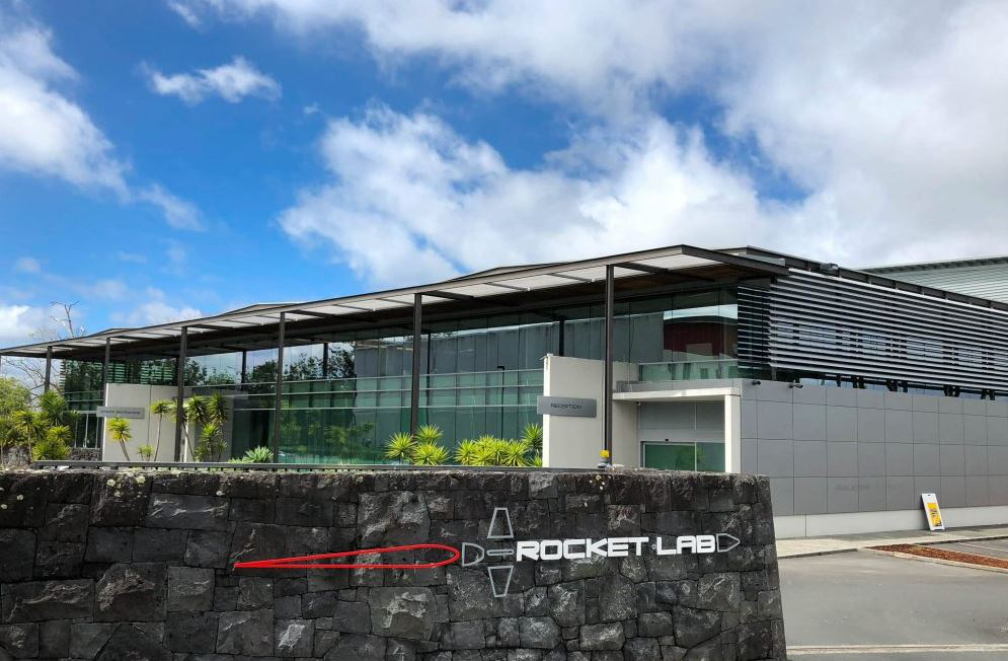
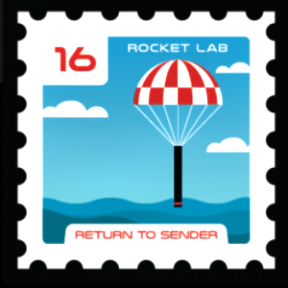
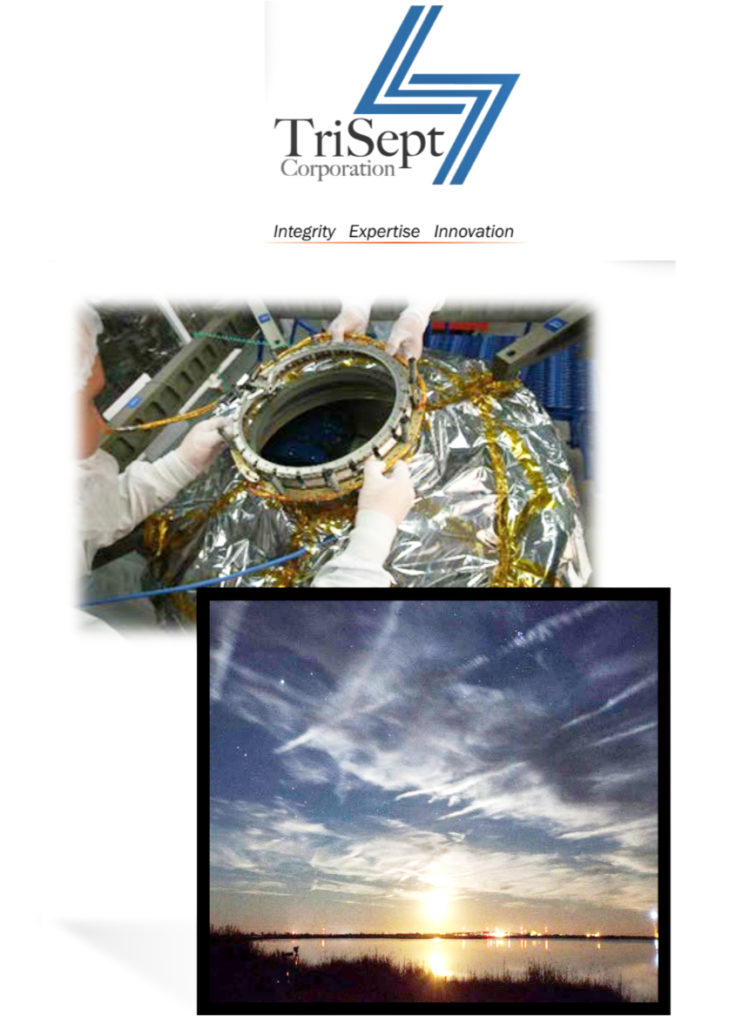
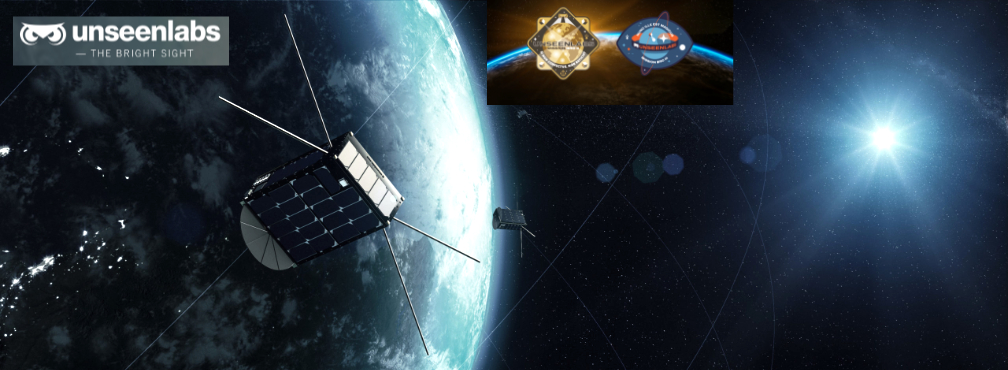
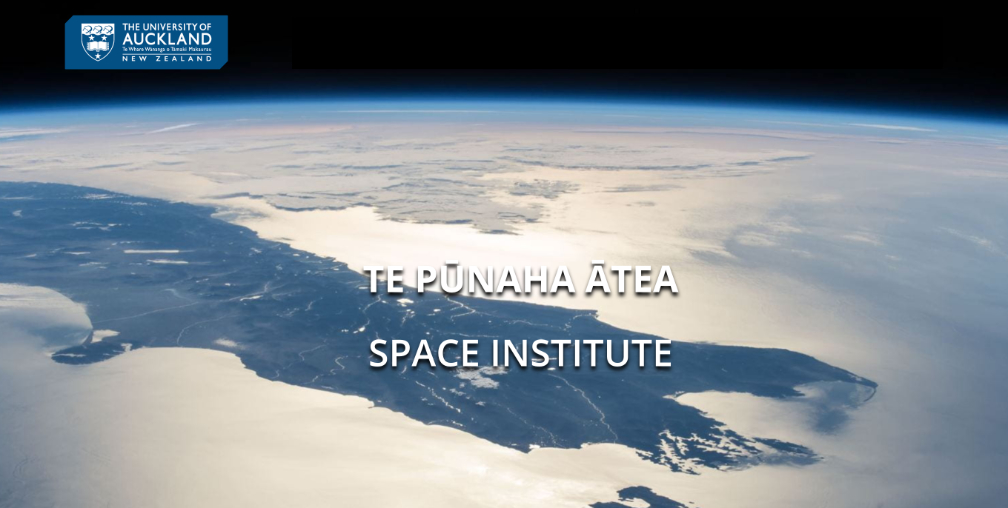
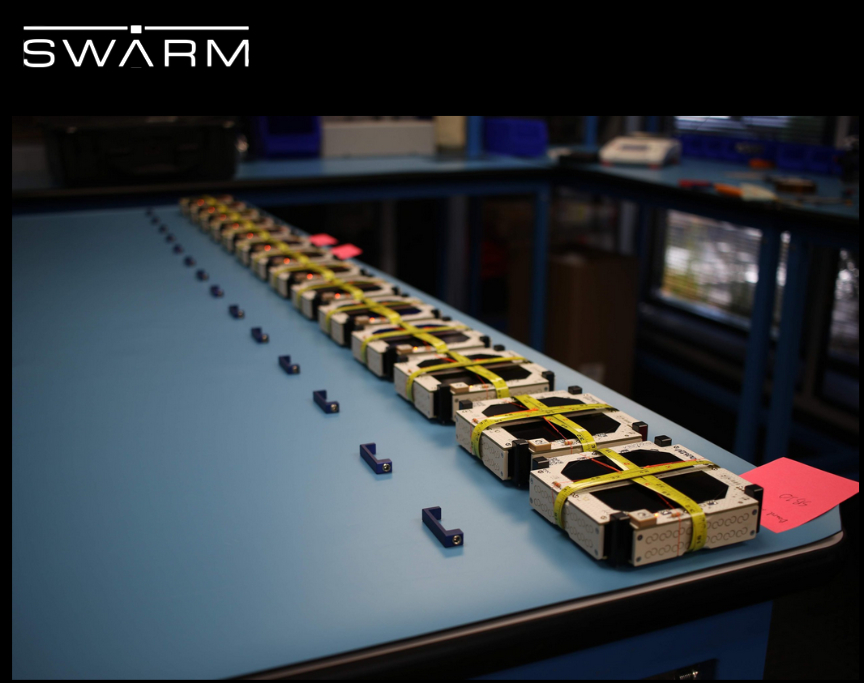
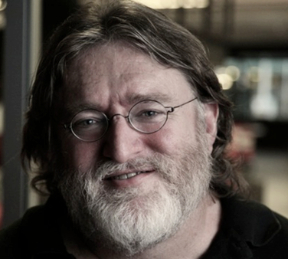
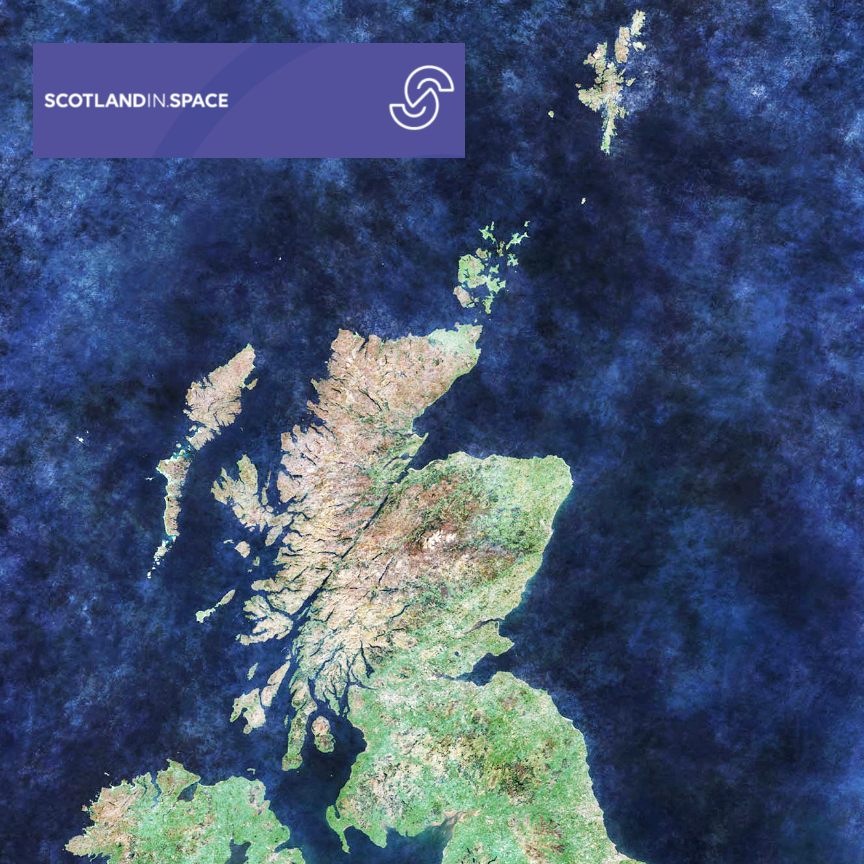 A strategic marketing firm working exclusively across the international space sector has been awarded a development grant from the
A strategic marketing firm working exclusively across the international space sector has been awarded a development grant from the 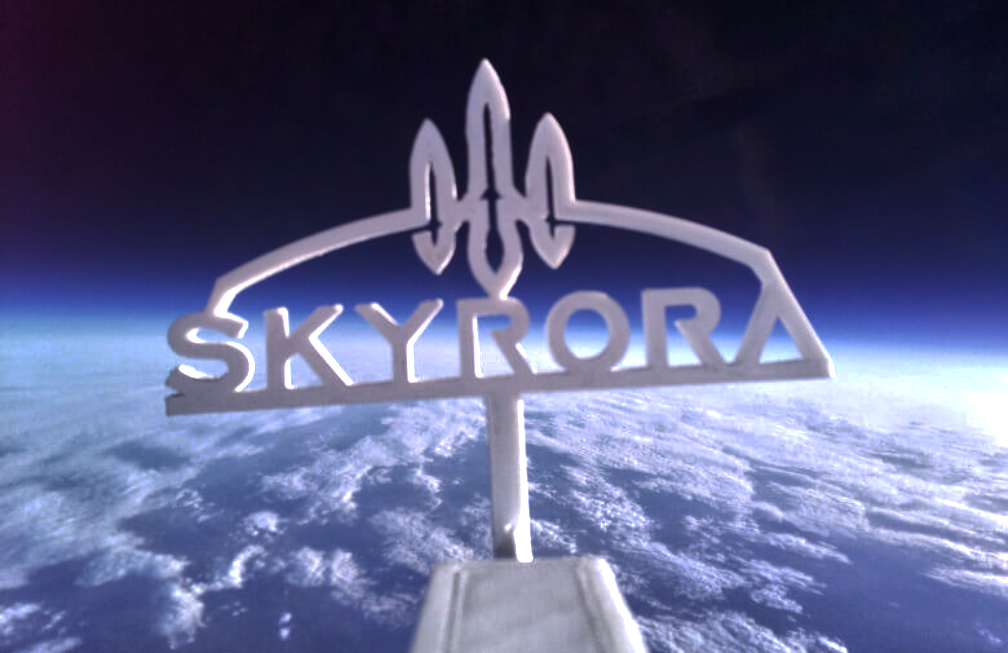

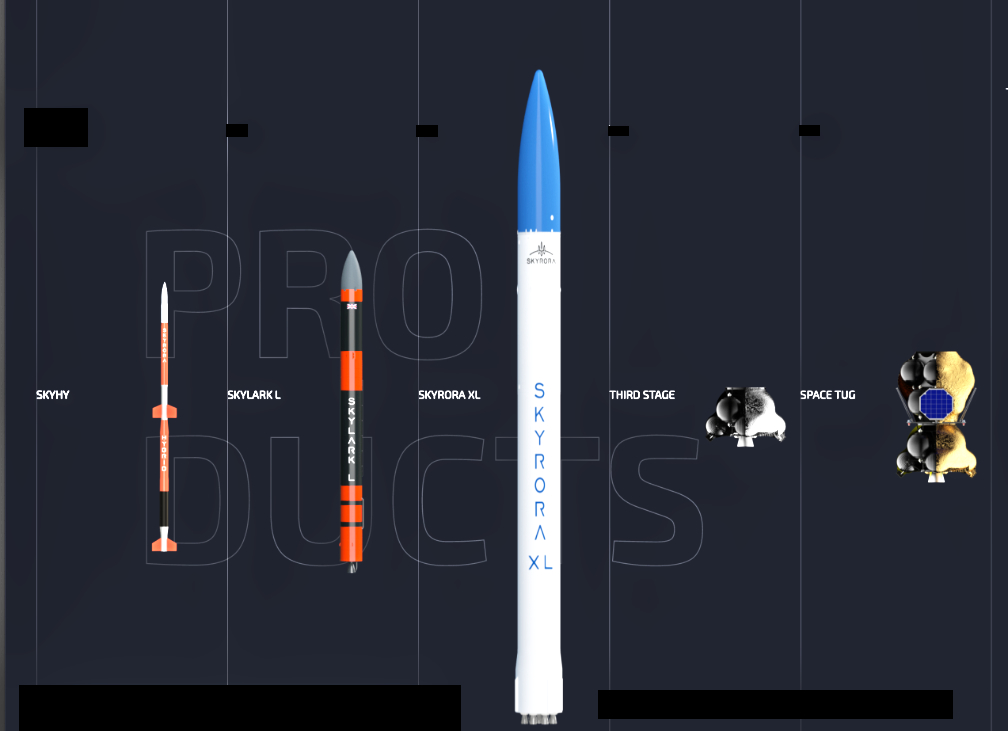
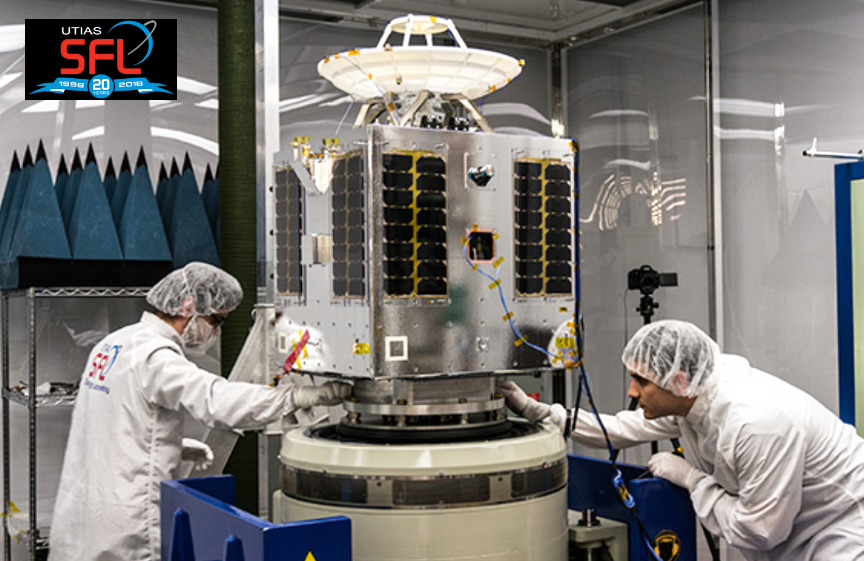
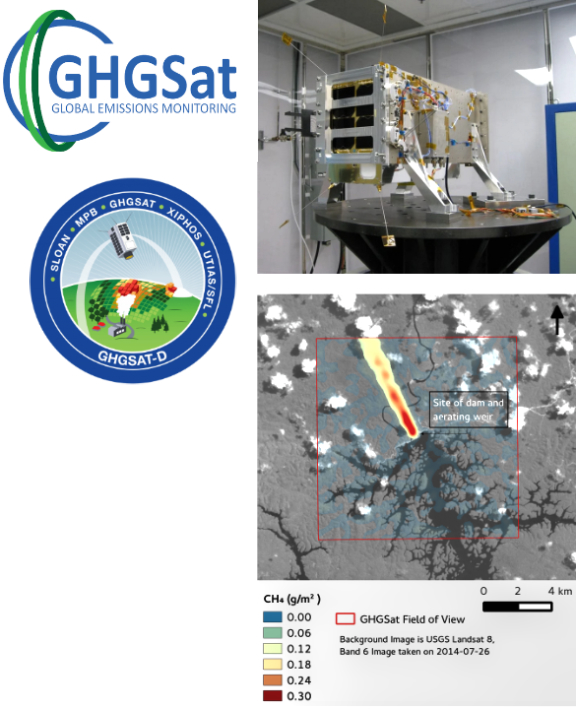
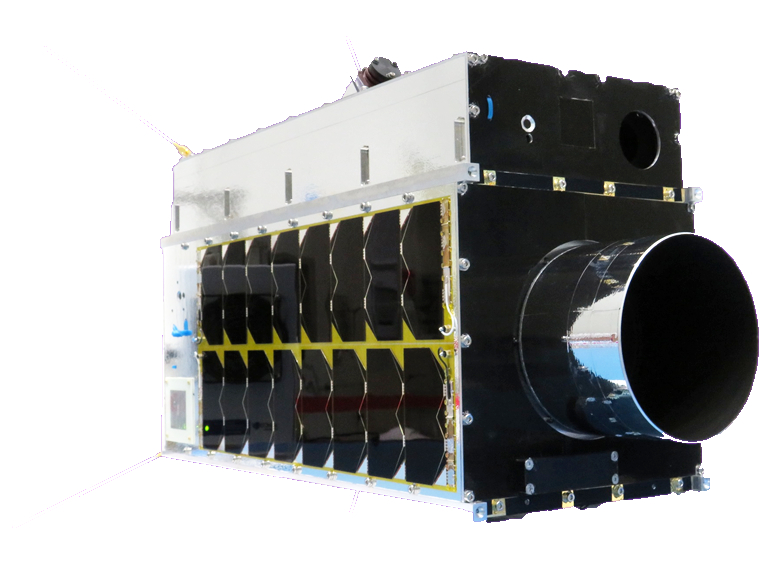
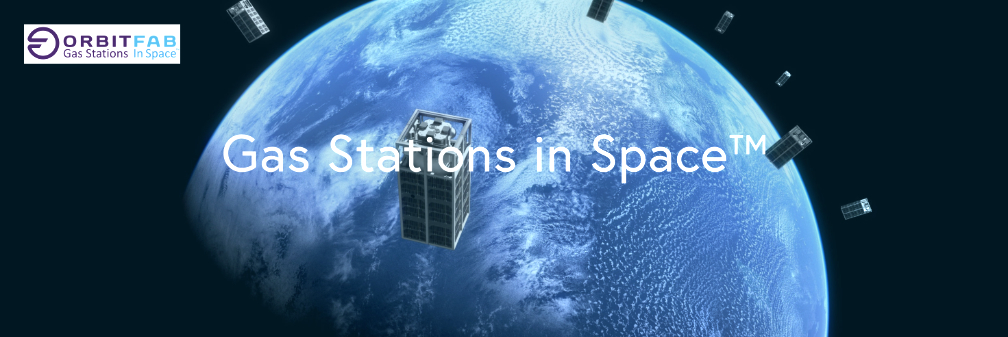
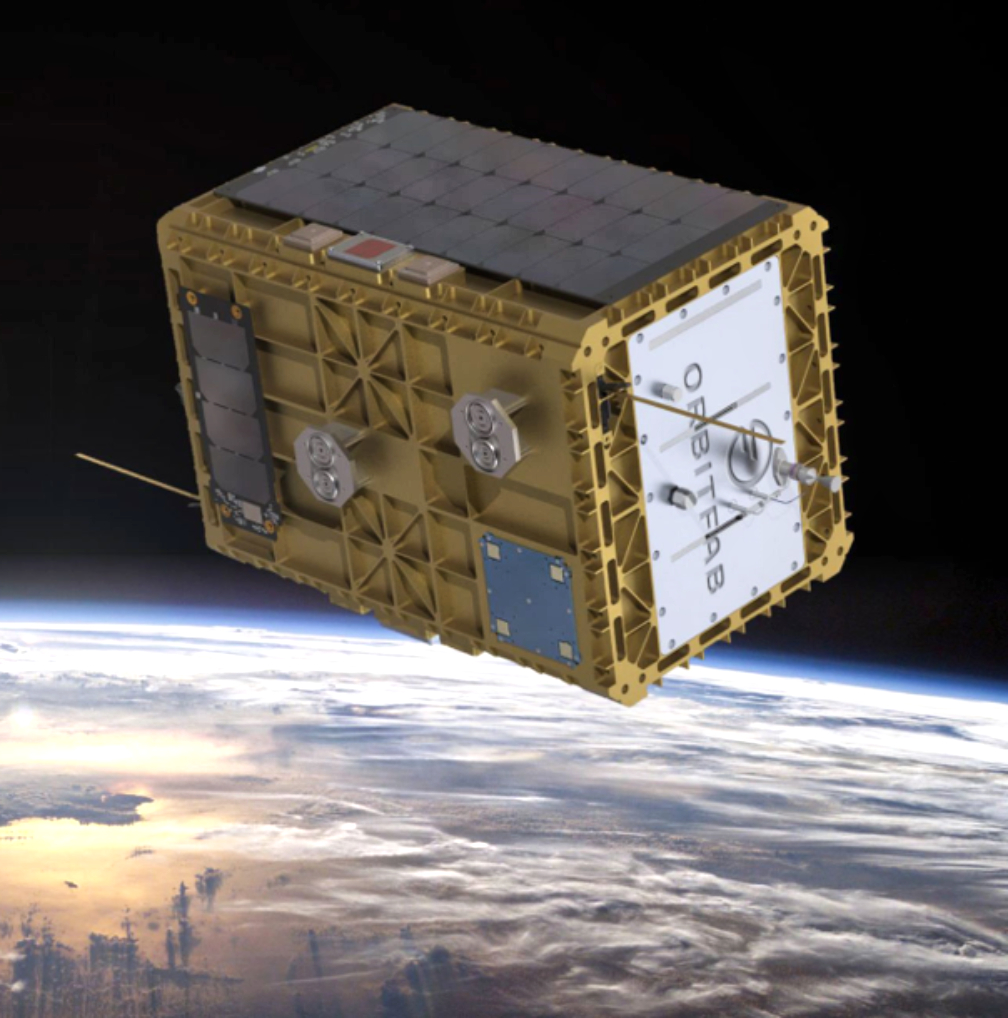 The Generation-1 Tanker is Orbit Fab’s “minimal viable product”, a 16U sized satellite holding 15 liters of propellant. This form factor was selected as it can be launched on a variety of launch vehicles inside off-the-shelf deployers, providing isolation from the launch vehicle and primary payloads. Photo is courtesy of Orbit Fab.
The Generation-1 Tanker is Orbit Fab’s “minimal viable product”, a 16U sized satellite holding 15 liters of propellant. This form factor was selected as it can be launched on a variety of launch vehicles inside off-the-shelf deployers, providing isolation from the launch vehicle and primary payloads. Photo is courtesy of Orbit Fab. ,” was developed in cooperation with 30 companies and organizations and it is expected to become the industry’s common refueling interface.
,” was developed in cooperation with 30 companies and organizations and it is expected to become the industry’s common refueling interface.